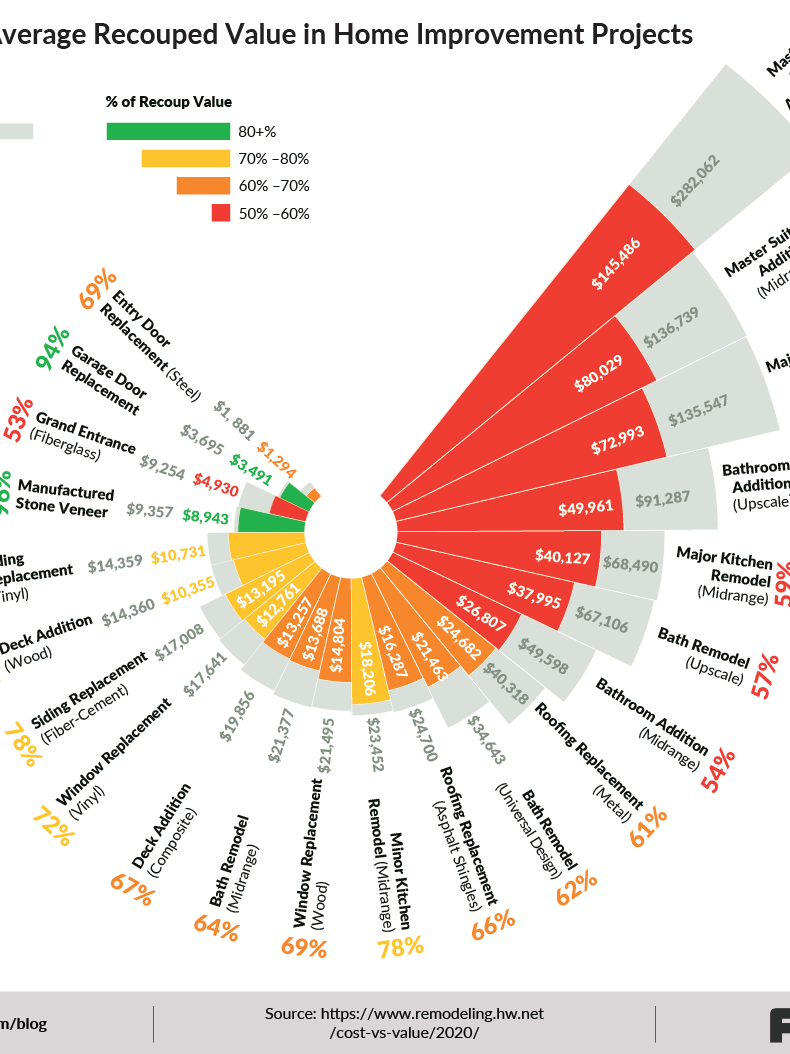A new viz for Corriere della Sera coming out last weekend - La Lettura: “La tutela delle lingue regionali o minoritarie nella UE", #486, 20 March 2021.
In many European areas live and thrive populations who use a language other than that of the majority. The European Charter for Regional or Minority Languages (ECRML) is an international treaty promoted by the Council of Europe and signed in Strasbourg in 1992, aimed at protecting regional or minority languages as part of the European cultural heritage, and promoting their use in life public and private.
The dataviz shows the estimated number of native speakers per each of the languages taken into consideration in the 27 countries of the European Union.
Each square - representing a country - is proportioned to the speaking population. The white part represents the number of native speakers who use the country's official language (or in some cases, more than one official language) as their mother tongue. The smaller colored areas represent native speakers of minority or regional languages.
Around any square the percentage of minority language native speakers is shown either in red for protected languages, or in black for unprotected languages.
The dataviz shows the estimated number of native speakers per each of the languages taken into consideration in the 27 countries of the European Union.
Each square - representing a country - is proportioned to the speaking population. The white part represents the number of native speakers who use the country's official language (or in some cases, more than one official language) as their mother tongue. The smaller colored areas represent native speakers of minority or regional languages.
Around any square the percentage of minority language native speakers is shown either in red for protected languages, or in black for unprotected languages.
Well, but what is a minority or regional language?
A) "regional or minority language" means a language: i) traditionally used in the territory of a State by citizens who form a numerically smaller group than the rest of the State's population; ii) other than the official language (s) of that State; this expression does not include the dialects of the official language (s) of the State or the languages of the migrants.
B) "Territory in which a regional or minority language is used" means the geographical area in which this language is the expression of a number of people such as to justify the adoption of different protection and promotion measures provided for in ECRML; c) "non-territorial languages" means the languages used by some citizens of the State that differ from the language (s) used by the rest of the population of that State but which, although traditionally used in the territory of the State, cannot be linked to a particular geographical area of the State.
A) "regional or minority language" means a language: i) traditionally used in the territory of a State by citizens who form a numerically smaller group than the rest of the State's population; ii) other than the official language (s) of that State; this expression does not include the dialects of the official language (s) of the State or the languages of the migrants.
B) "Territory in which a regional or minority language is used" means the geographical area in which this language is the expression of a number of people such as to justify the adoption of different protection and promotion measures provided for in ECRML; c) "non-territorial languages" means the languages used by some citizens of the State that differ from the language (s) used by the rest of the population of that State but which, although traditionally used in the territory of the State, cannot be linked to a particular geographical area of the State.
And what does it mean 'protected language'?
The different situations across Europe can offer an array of cases, but, to make it short, a protected minority language normally presents:
- recognized bilingual communities;
- official documents translated into it;
- a status under which citizens can address the authorities in their own language, and demand answers in the same language;
- multilingual road signs;
- authorization for school teaching in the language.
Over 40 million EU citizens use these regional languages to a greater or lesser extent, as well as the official language of the State. However, not all states in which regional languages coexist with national ones have granted them co-official status. While Germany, Spain, and others have done so, some countries do not provide legislative recognition to minority languages at all. There's also a bunch of countries that didn't ratify ECRML, but provided some sort of legislative protection, even inheriting it from state laws previous to ECRML, though co-official status is not recognized so far.
These countries include France, Italy, and Greece. The Belgian case is more complex, since the country is divided into linguistic political areas. And in Luxembourg, the official language is Luxembourgish, but official documents come in German and French.
- recognized bilingual communities;
- official documents translated into it;
- a status under which citizens can address the authorities in their own language, and demand answers in the same language;
- multilingual road signs;
- authorization for school teaching in the language.
Over 40 million EU citizens use these regional languages to a greater or lesser extent, as well as the official language of the State. However, not all states in which regional languages coexist with national ones have granted them co-official status. While Germany, Spain, and others have done so, some countries do not provide legislative recognition to minority languages at all. There's also a bunch of countries that didn't ratify ECRML, but provided some sort of legislative protection, even inheriting it from state laws previous to ECRML, though co-official status is not recognized so far.
These countries include France, Italy, and Greece. The Belgian case is more complex, since the country is divided into linguistic political areas. And in Luxembourg, the official language is Luxembourgish, but official documents come in German and French.
This dataviz has been conceived as part of a series about visual linguistics and follows the previous visualizations on toponymy and kinship names. The original idea, researches, and design are from me. More and more coming, hopefully.










